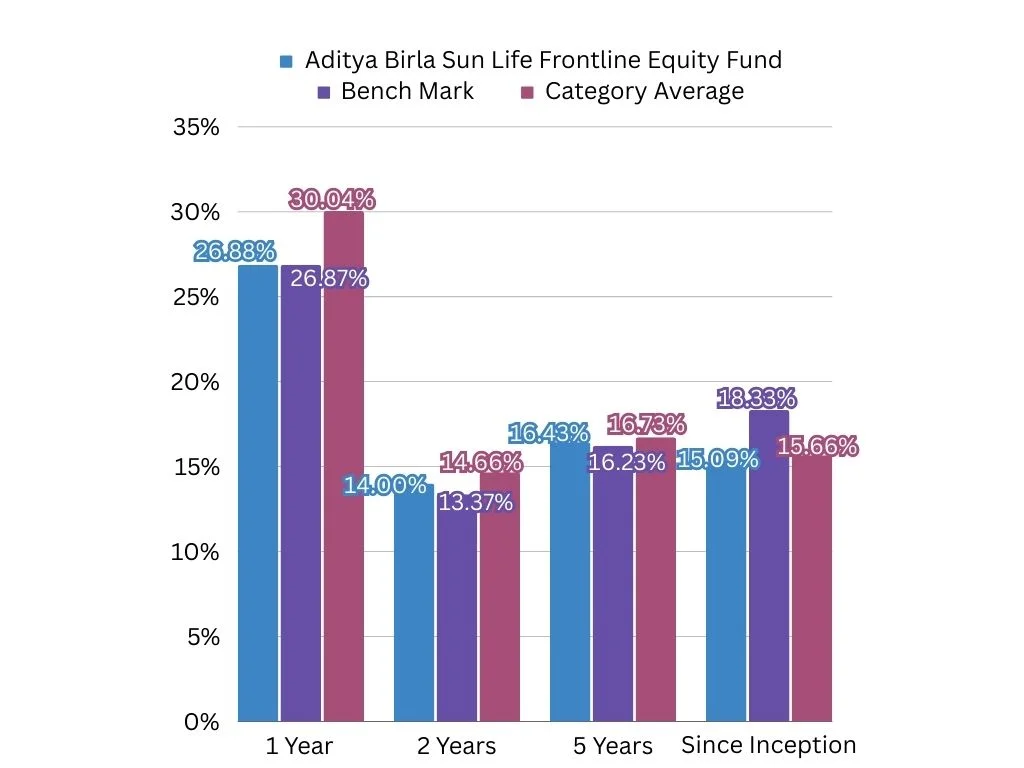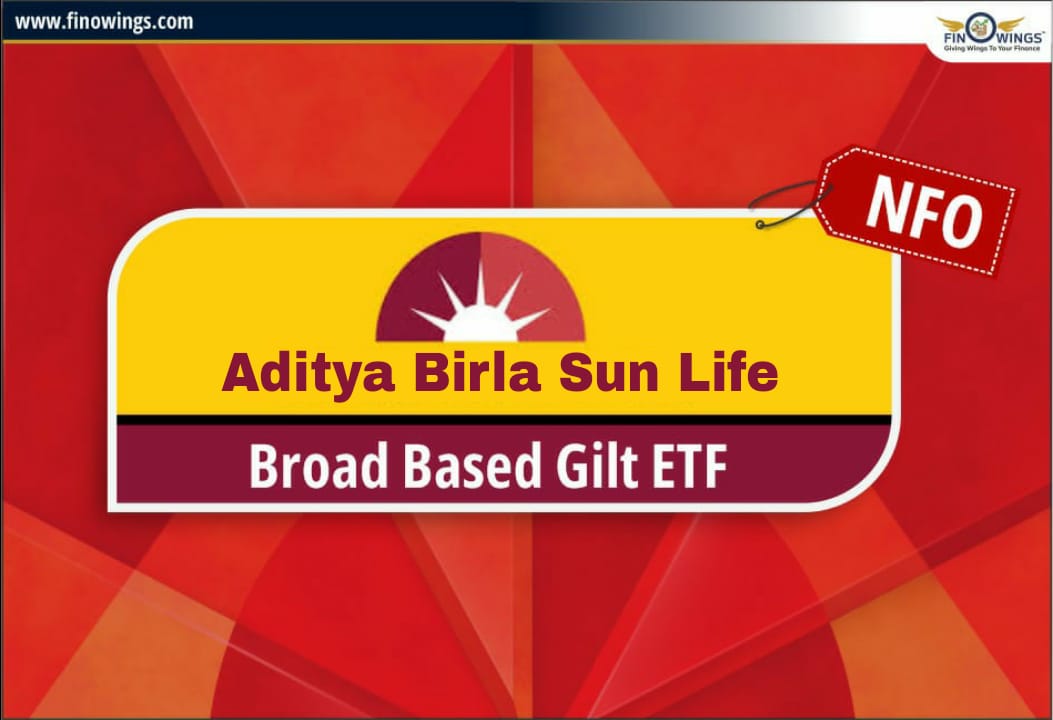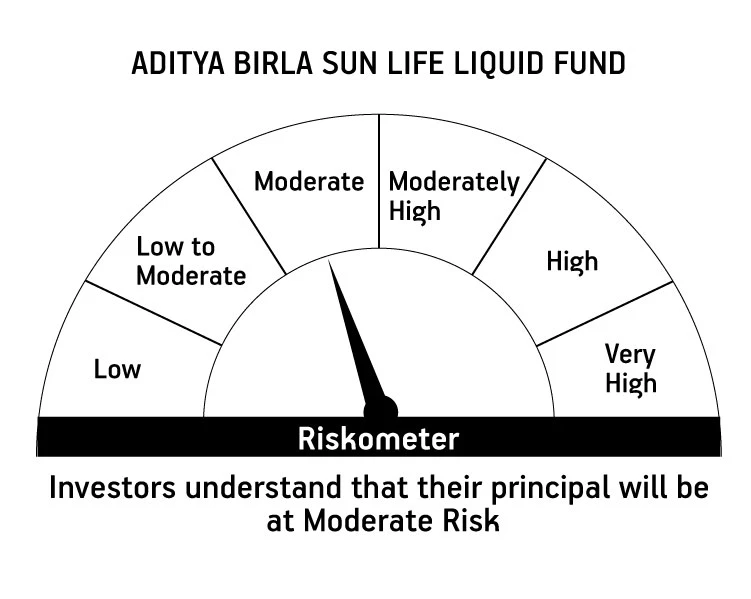Aditya Birla Sun Life Liquid Fund Direct Growth Nav

In an environment marked by economic uncertainties and fluctuating market sentiments, investors are increasingly seeking stability and liquidity. The Aditya Birla Sun Life Liquid Fund Direct Growth plan has emerged as a noteworthy option, drawing attention for its consistent performance and relatively low-risk profile. However, understanding its Net Asset Value (NAV) and its drivers is crucial for making informed investment decisions.
This article provides an in-depth analysis of the Aditya Birla Sun Life Liquid Fund Direct Growth NAV, examining its historical performance, key investment strategies, associated risks, and expert perspectives. It aims to equip investors with a comprehensive understanding of this fund, enabling them to assess its suitability within their broader investment portfolio.
Understanding the Fund's Objectives and Strategy
The Aditya Birla Sun Life Liquid Fund Direct Growth plan aims to provide investors with a high degree of liquidity while generating reasonable returns. It primarily invests in a portfolio of short-term debt instruments, such as treasury bills, commercial papers, and certificates of deposit. The fund's focus is on maintaining a high credit quality and minimizing interest rate risk.
According to the fund's official statement, the investment strategy revolves around actively managing the portfolio's duration and credit profile. This approach seeks to optimize returns while adhering to the fund's liquidity objectives. The fund manager employs rigorous credit analysis and risk management techniques to ensure the safety of investors' capital.
Analyzing the NAV and Performance
The Net Asset Value (NAV) represents the per-unit market value of the fund's assets after deducting its liabilities. The NAV of the Aditya Birla Sun Life Liquid Fund Direct Growth plan fluctuates daily, reflecting changes in the value of its underlying securities. Historical NAV data indicates a generally stable growth trajectory, aligning with the fund's low-risk mandate.
Data from Value Research, a reputable investment research firm, shows that the fund has consistently outperformed its benchmark in the short to medium term. However, it is essential to note that past performance is not indicative of future results. Investors should consider the fund's performance relative to its peers and benchmark over various time horizons.
Risk Factors and Considerations
While liquid funds are generally considered low-risk, they are not entirely risk-free. The Aditya Birla Sun Life Liquid Fund Direct Growth plan is subject to credit risk, which is the risk that the issuer of a debt instrument may default on its obligations. Additionally, the fund is exposed to interest rate risk, although this risk is mitigated by its focus on short-term instruments.
Investors should also be aware of the expense ratio, which represents the annual cost of managing the fund. A higher expense ratio can erode returns, so it is essential to compare the expense ratio of this fund with those of its competitors. The fund's fact sheet provides detailed information on its expense ratio and other fees.
Expert Opinions and Market Outlook
Financial analysts at CRISIL have given the Aditya Birla Sun Life Liquid Fund Direct Growth plan a high credit rating, reflecting their confidence in the fund's management and credit quality. However, they caution that changes in market conditions, such as rising interest rates, could impact the fund's performance.
According to a recent report by ICRA, the outlook for the Indian debt market is cautiously optimistic. The report suggests that interest rates are likely to remain stable in the near term, which could benefit liquid funds like the Aditya Birla Sun Life Liquid Fund Direct Growth plan.
The Future of the Fund and Investor Strategy
The Aditya Birla Sun Life Liquid Fund Direct Growth plan remains a viable option for investors seeking a combination of liquidity and relatively stable returns. Its focus on high-quality, short-term debt instruments provides a degree of safety in volatile market conditions. However, investors should carefully consider their individual risk tolerance and investment goals before investing.
Looking ahead, the fund's performance will depend on several factors, including the overall health of the Indian economy, changes in interest rates, and the fund manager's ability to navigate market challenges. Investors should regularly review their investment portfolio and consult with a financial advisor to ensure that their investment strategy remains aligned with their objectives.


















